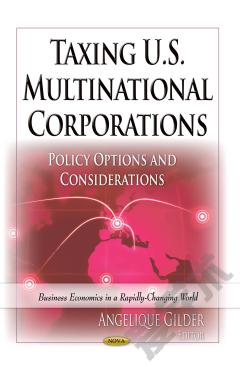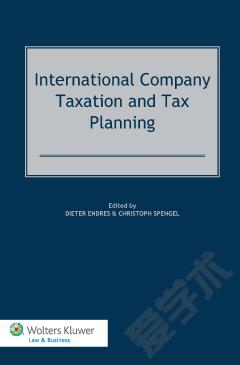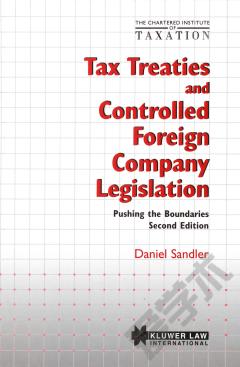Multinational Companies: Outsourcing, Conduct, and Taxes
Despite an extensive literature on the determinants of the foreign location choices by multinational companies, researchers have only recently begun to systematically examine how these companies form their location consideration sets. When considering new foreign locations, do firms evaluate the attributes of the alternatives at the national level, the sub-national regional level, at some other level of geographical aggregation, or using some combination of these? This book employs discrete choice models to examine how U.S. multinational companies form their location consideration sets and to identify some of the relevant location attributes. The results indicate that U.S. firms tend to employ a sequential, or hierarchical, decision-making process in which a host country is first chosen based on one set of attributes and then a region within that country is chosen, based on another set of attributes. The relevant location attributes discussed in this book include industrial agglomeration and labor market conditions.
{{comment.content}}








 京公网安备 11010802027623号
京公网安备 11010802027623号